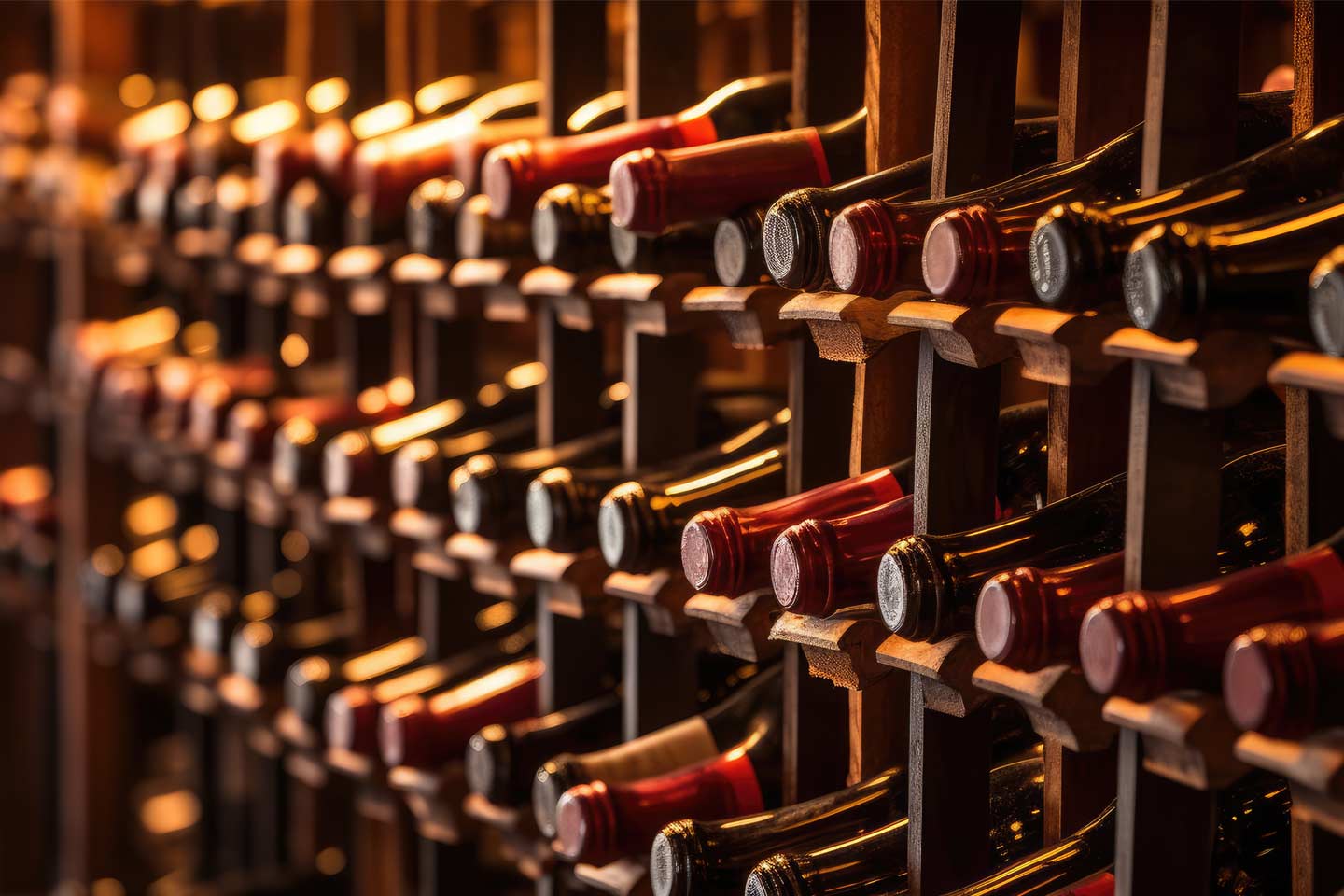Definition of a larder
"A larder is a cool area for storing food prior to use. Originally, it was where raw meat was larded - covered in fat - to be preserved. By the 18th century, the term had expanded to where bread, pastry, milk, butter or cooked meats were stored." -Wikipedia.
Larder, pantry, garde manger, store cupboard… a variety of words that conjure up images of grand kitchens from previous centuries where airy rooms were used to store food until the refrigerator came along. Etymologically speaking, a ‘larder’ - from the French word ‘lardier’ - refers to a cold, ventilated room near the kitchen where bacon (lard), meat and game were stored along with other perishables like eggs, milk and vegetables. A pantry - from another old French term, ‘paneterie’ - was a place for foodstuffs that lasted longer, such a flour, bread, preserves as well as linen.
Nowadays, the terms have become interchangeable and are used to mean the storage and preparation space of ingredients for mostly cold food served in a restaurant, hotel or buffet, e.g. hors d'oeuvres, cold cuts of meat, cheeses, fruits, salads, desserts, marinades, dressings and sauces.
Definition of a larder chef
Also known as pantry chef or the chef garde manger, a larder chef is responsible to the head chef for the efficient running of the larder department and food stock. Considered the head chef's right-hand-person, the role implies a dynamic and pivotal position in the running of a successful kitchen. Patrick Ogheard, head of the EHL Culinary Arts department describes the larder chef as "The backbone of the kitchen".
Decades ago, when vegetable sculptures, edible displays and ice carvings adorned lavish buffet tables in 5-star restuarants, larder chefs were considered the main architects of food decoration and presentation. The esthetical WOW factor was very much in their hands. Nowadays, they still have the power to make an impact on the guest but their efforts are more centered on the starter and dessert courses. The main courses have been siphoned off to specific meat or fish chefs so that tasks are more evenly spread out and not just one chef is in charge of every part of the menu. However, the artistic turn of the slicing machine is still very much their domain, so whenever you come across a finely chopped courgette skin, you can bet that it came from the hand of the larder chef.
Today, the job means being responsible for ordering and keeping stock of all the larder foodstuffs with a day-by-day record of issues to the kitchen or other departments. The larder chef must study the menus in advance with the head chef, so as to be able to place orders in time for the foodstuff to be cleaned and made ready for the kitchen in time to be cooked.
A typical workday includes preparing the fresh fruit, vegetables and meats that are regularly used as appetizer, entrée or salad ingredients. The larder chef also makes the salad dressings, marinades and sauces from scratch every day. The role involves making sure that the kitchen and service staff have enough ingredients to swiftly and accurately fulfill guest orders. The successful flow of events in the kitchen and at the table hang upon the efficient preparation of all the basic, necessary ingredients by the larder chef.
A larder chef's main duties:
- Efficient storage of food to avoid deterioration and wastage.
- Place orders for the proteins and dry foodstuffs needed by the kitchen, e.g. cans, oils, sugar, flour, meat, fish, eggs & dairy produce.
- Keep day-to-day records of what comes in and out of the larder.
- Cleanliness and hygiene in the larder department to avoid risk of contamination and possible food poisoning.
- Prepare much of the food associated with buffets, starters and desserts.
- Expert knife skills and handling of the kitchen machinery used for chopping, slicing, mincing, grinding, weighing, etc.
- Process leftovers, from kitchen to larder, deciding how to reuse food for leftovers in collaboration with the head chef.
- Have a clear understanding of quantity and quality; portions and weight; supply and delivery systems.
- Knowledge of correct temperature regulations for different types of food.
- Train interns on correct use of the larder, food preparation and equipment.
- Operate in harmony with the main kitchen.
- Be the backbone of the food operations.
Career path and salary
When it comes time to finding a job as a larder chef, there are two possibilities depending on your age, education and years of expertise: basic entry-level (learning knife skills, plating, storing) with a starting salary of approximately $22K and professional larder chef level with a wider array kitchen duties and responsibilities where you can expect to earn on par with other specialty chefs, around $73K.
Since larder chefs are so well trained in the broad techniques of all the kitchen stations, the transition to being responsible for an entire restaurant menu is a often a natural evolution in their career. The path of a larder chef can be an excellent choice for food professionals wanting to make a mark in the industry.





